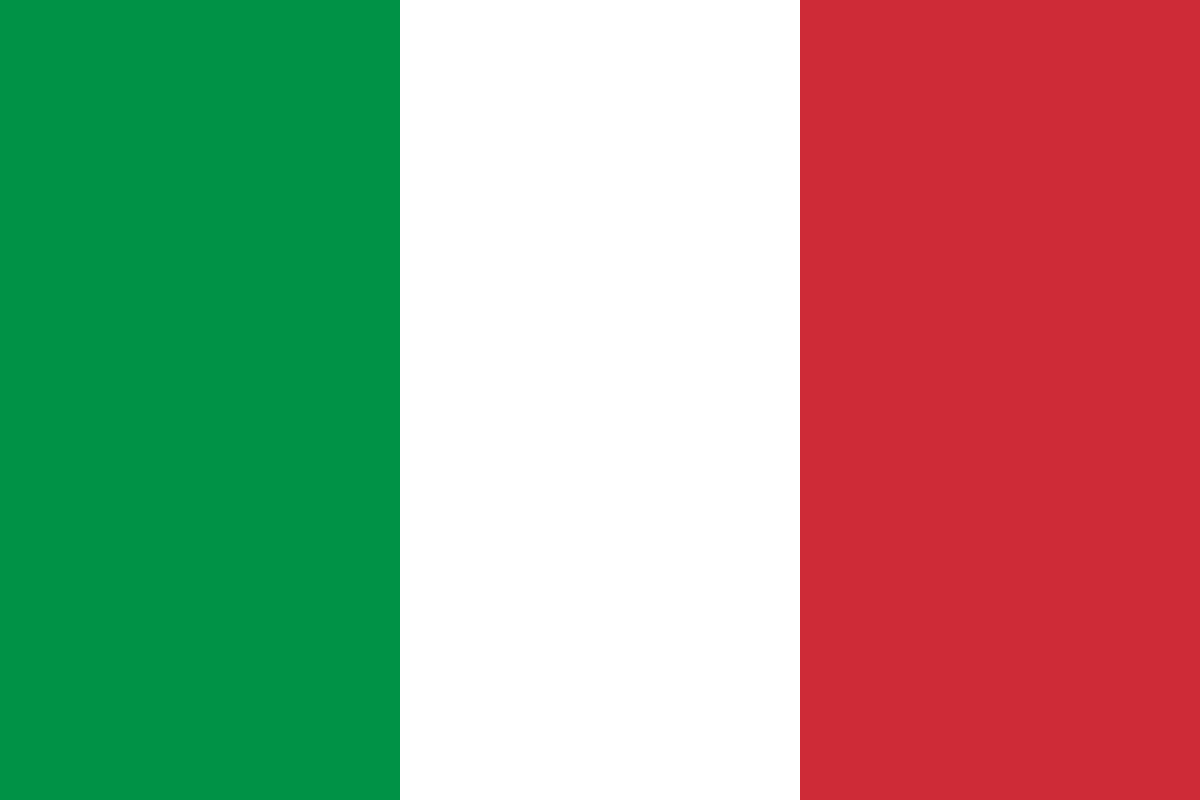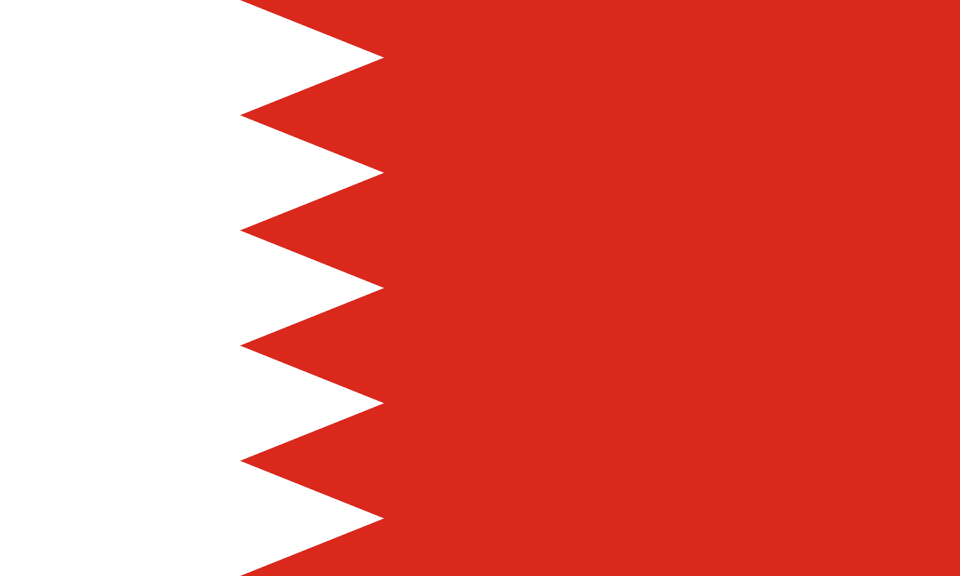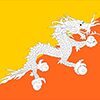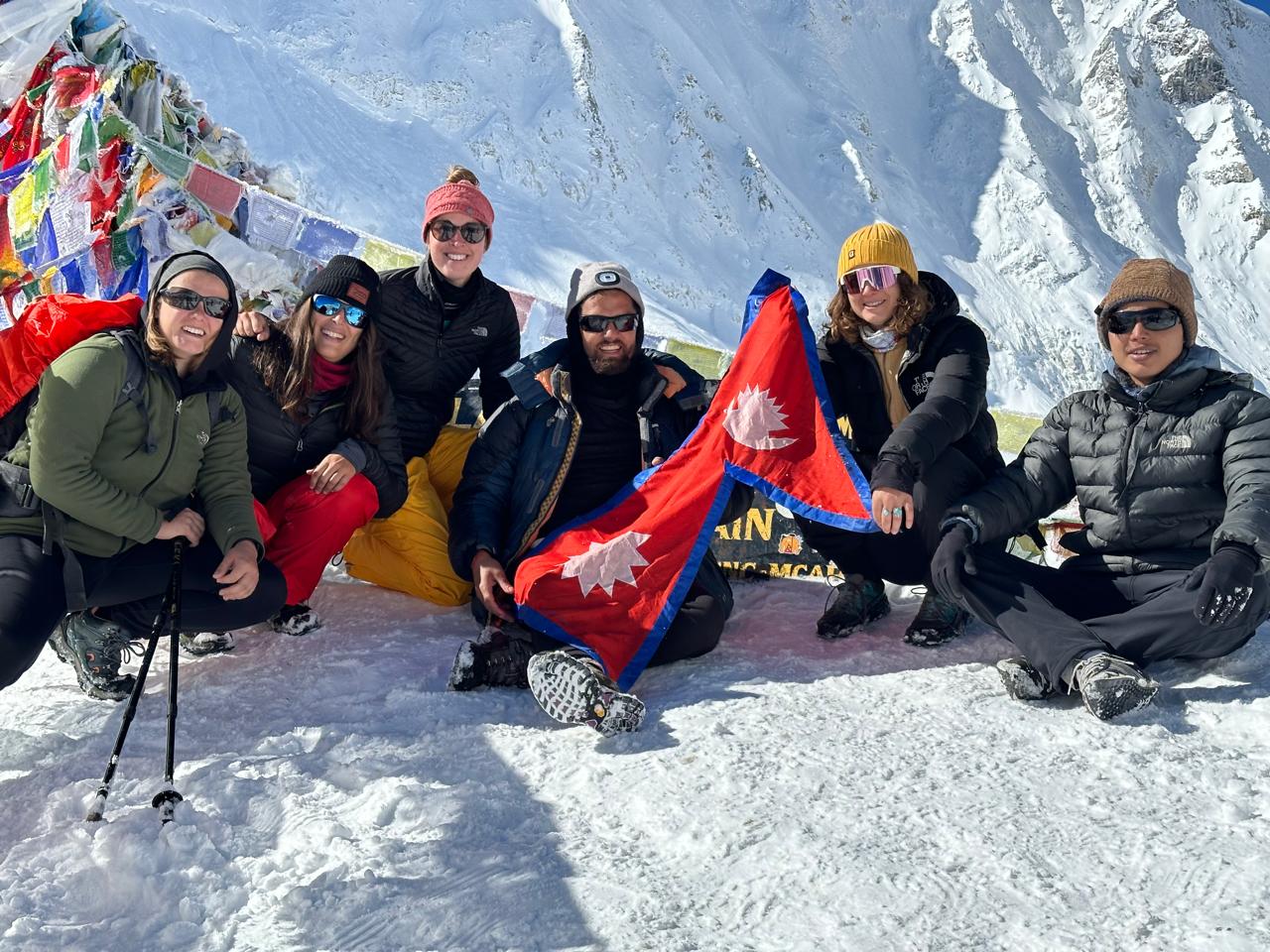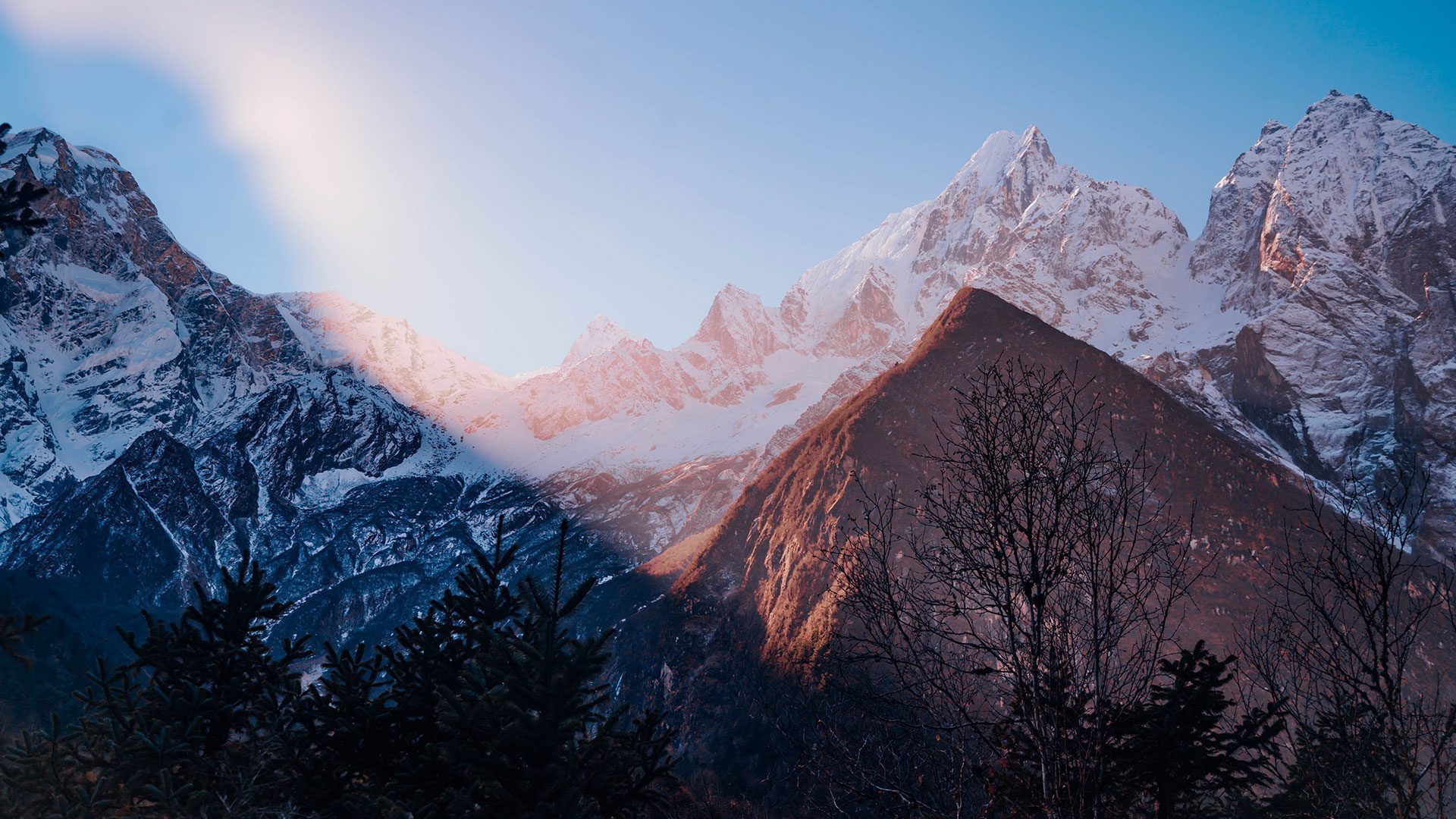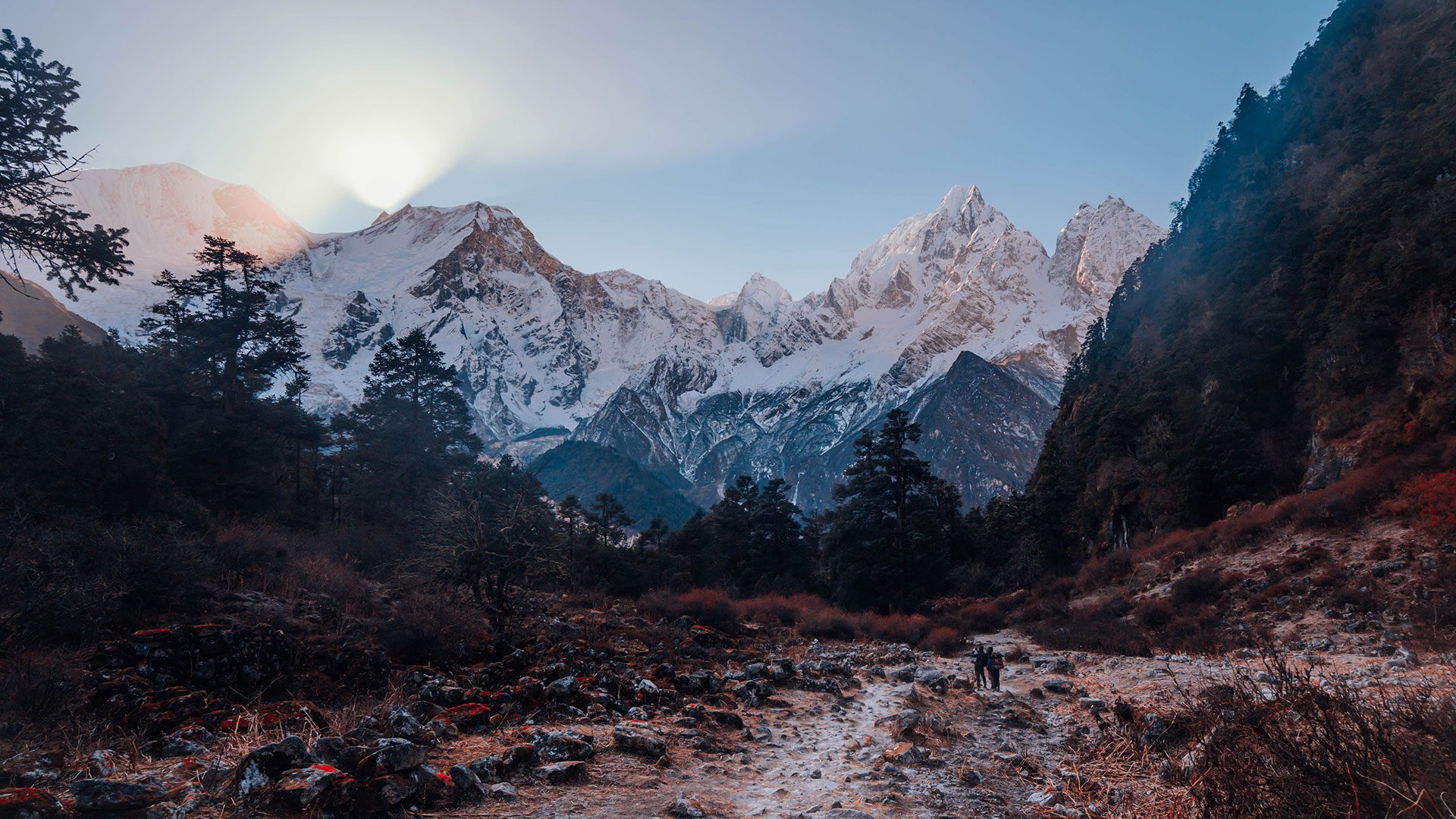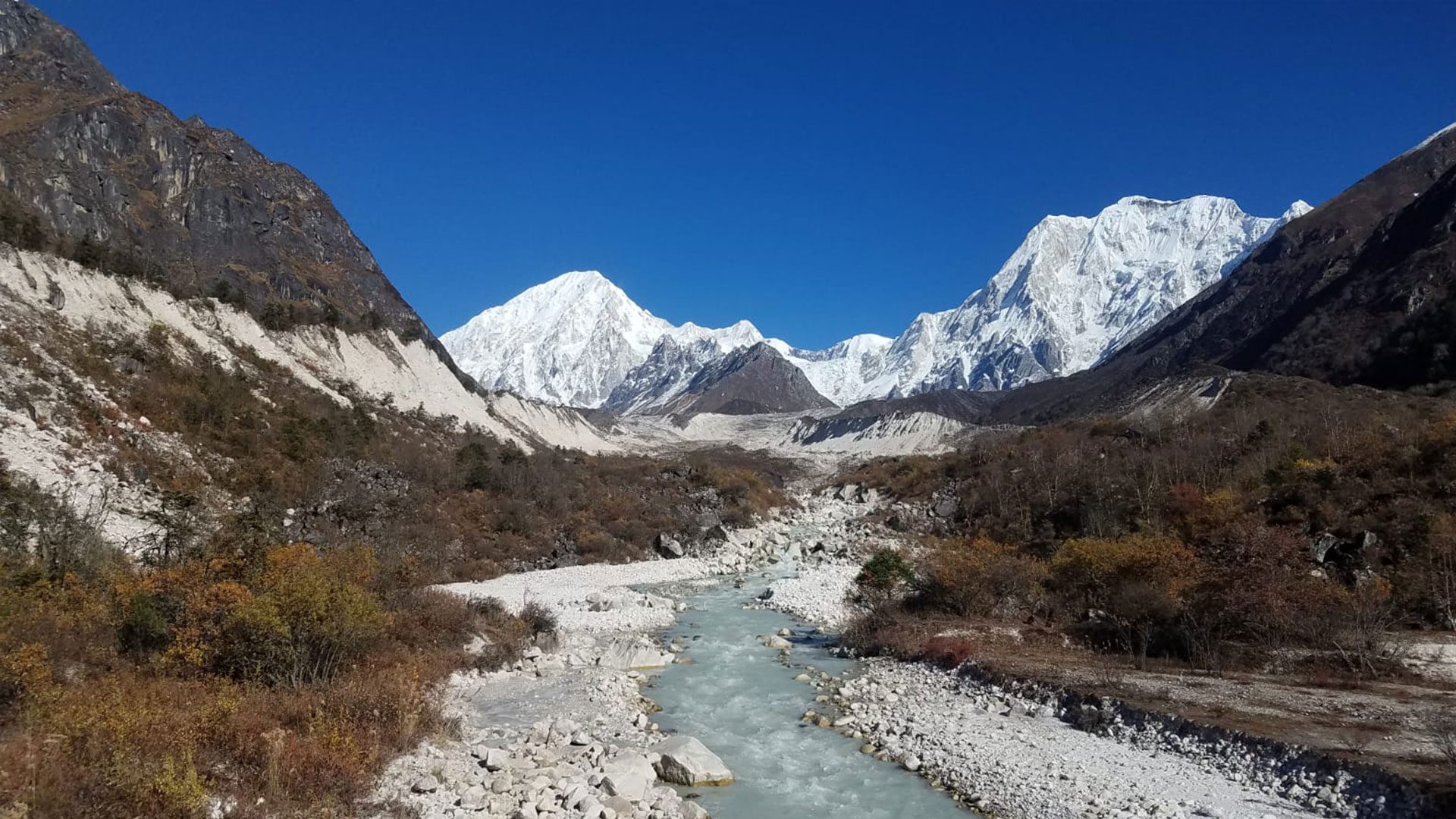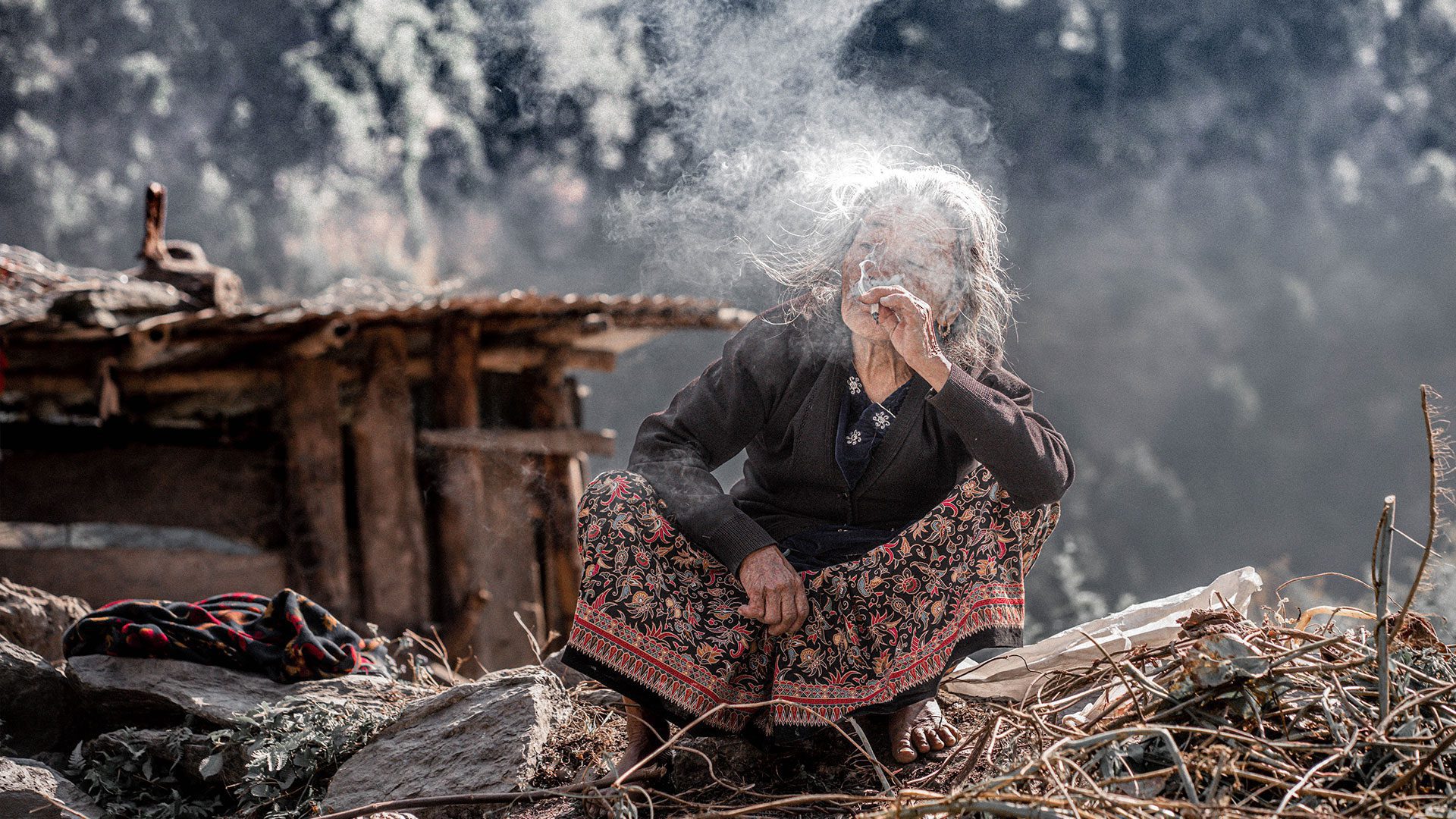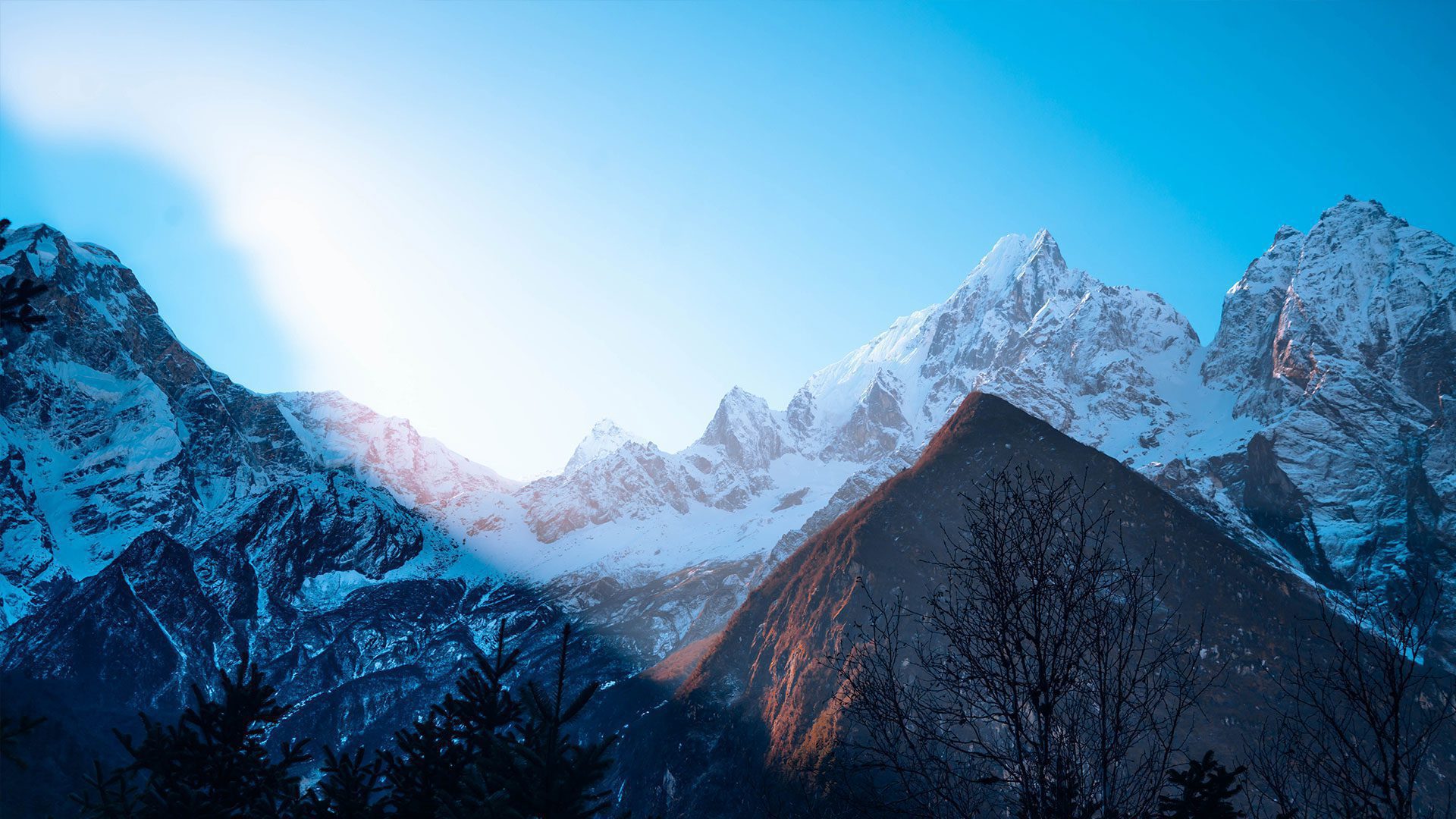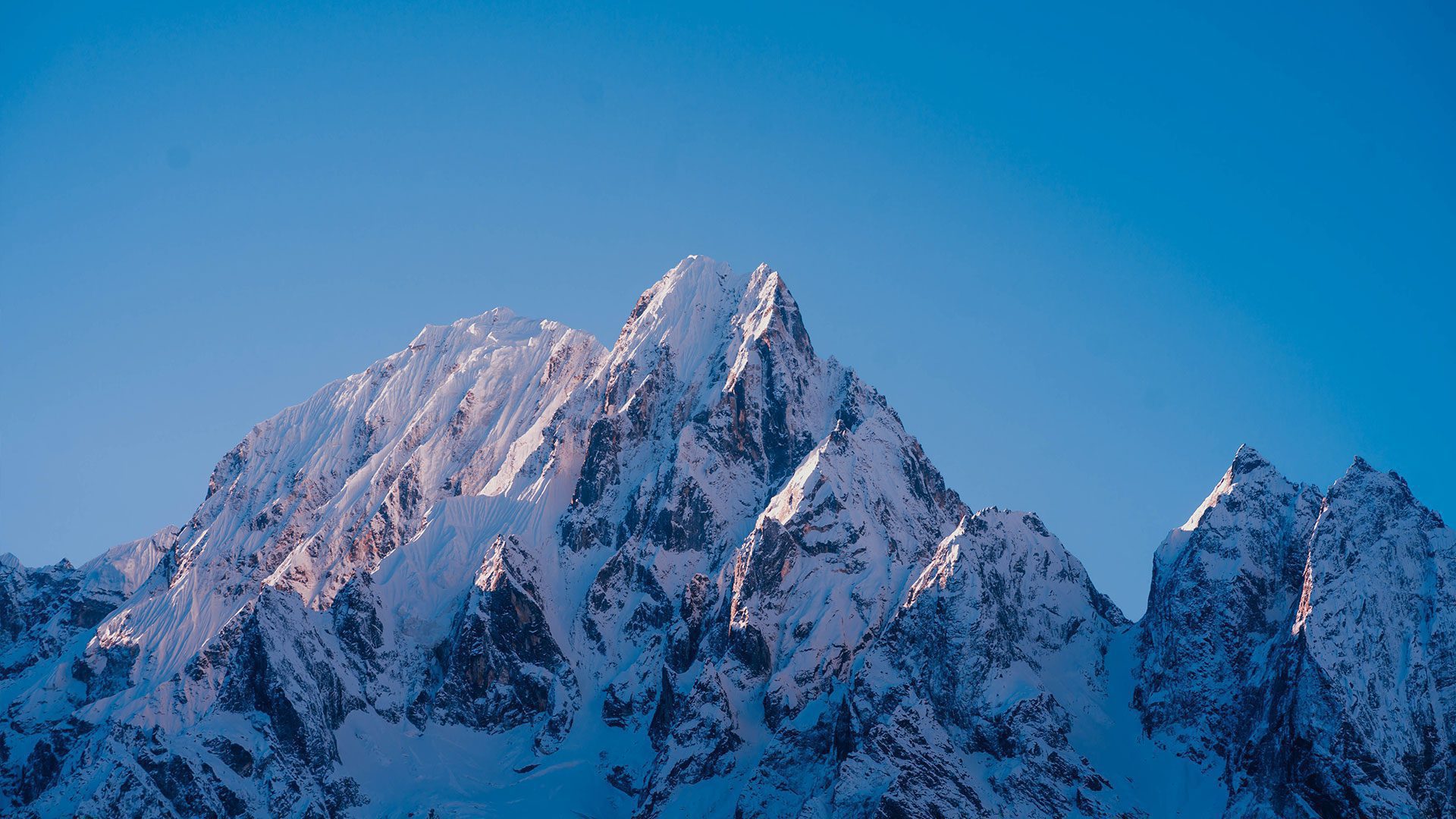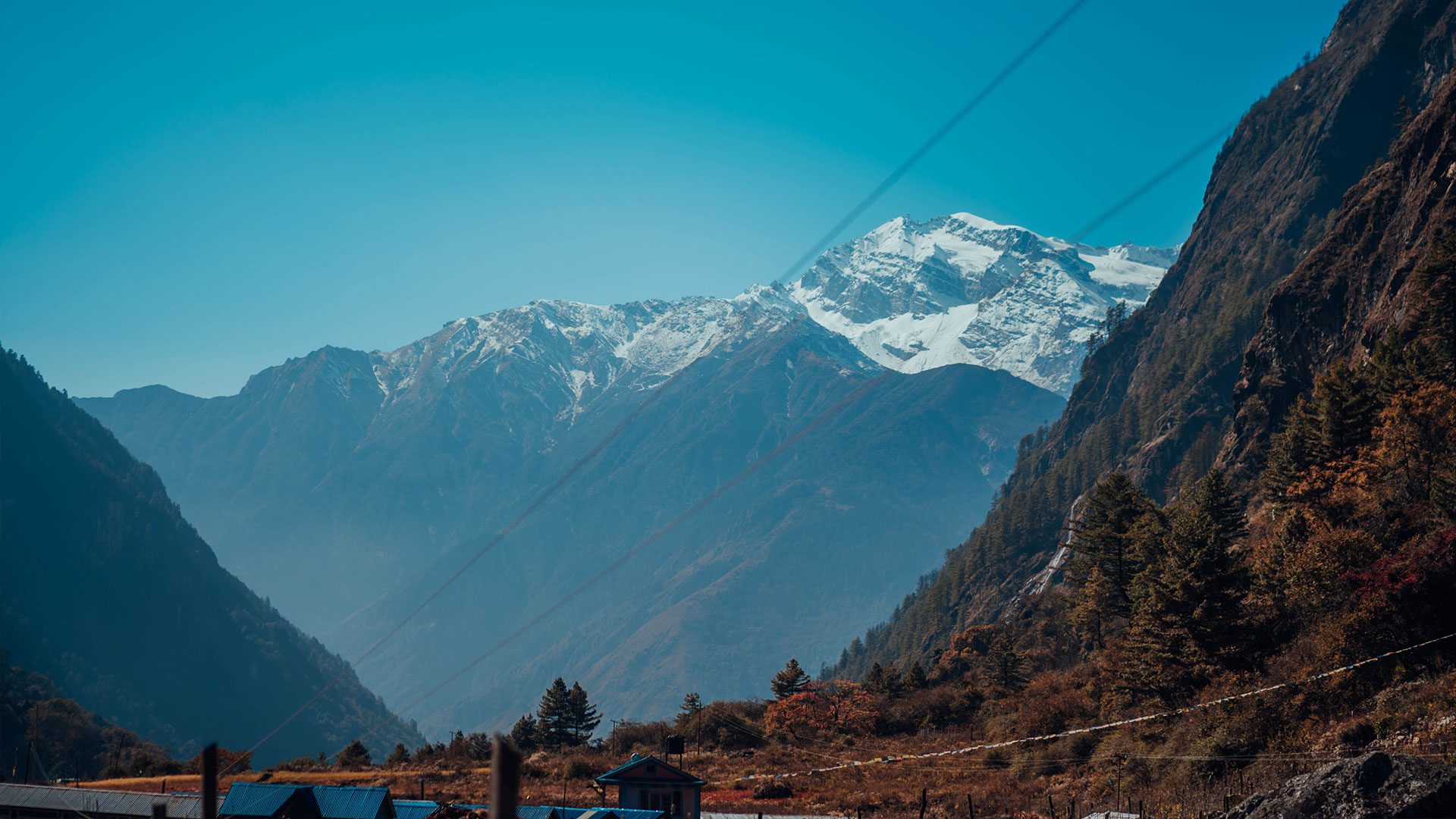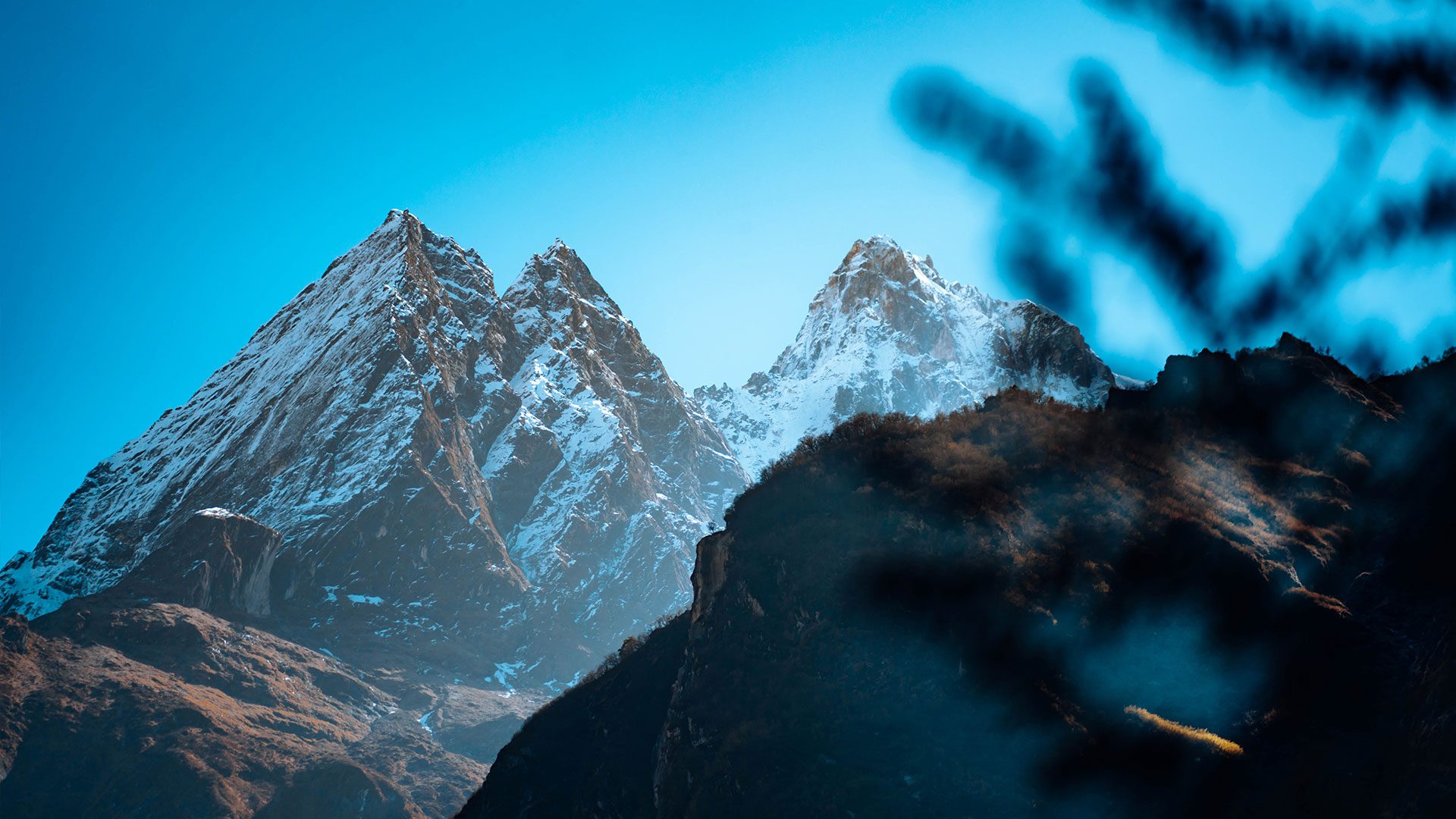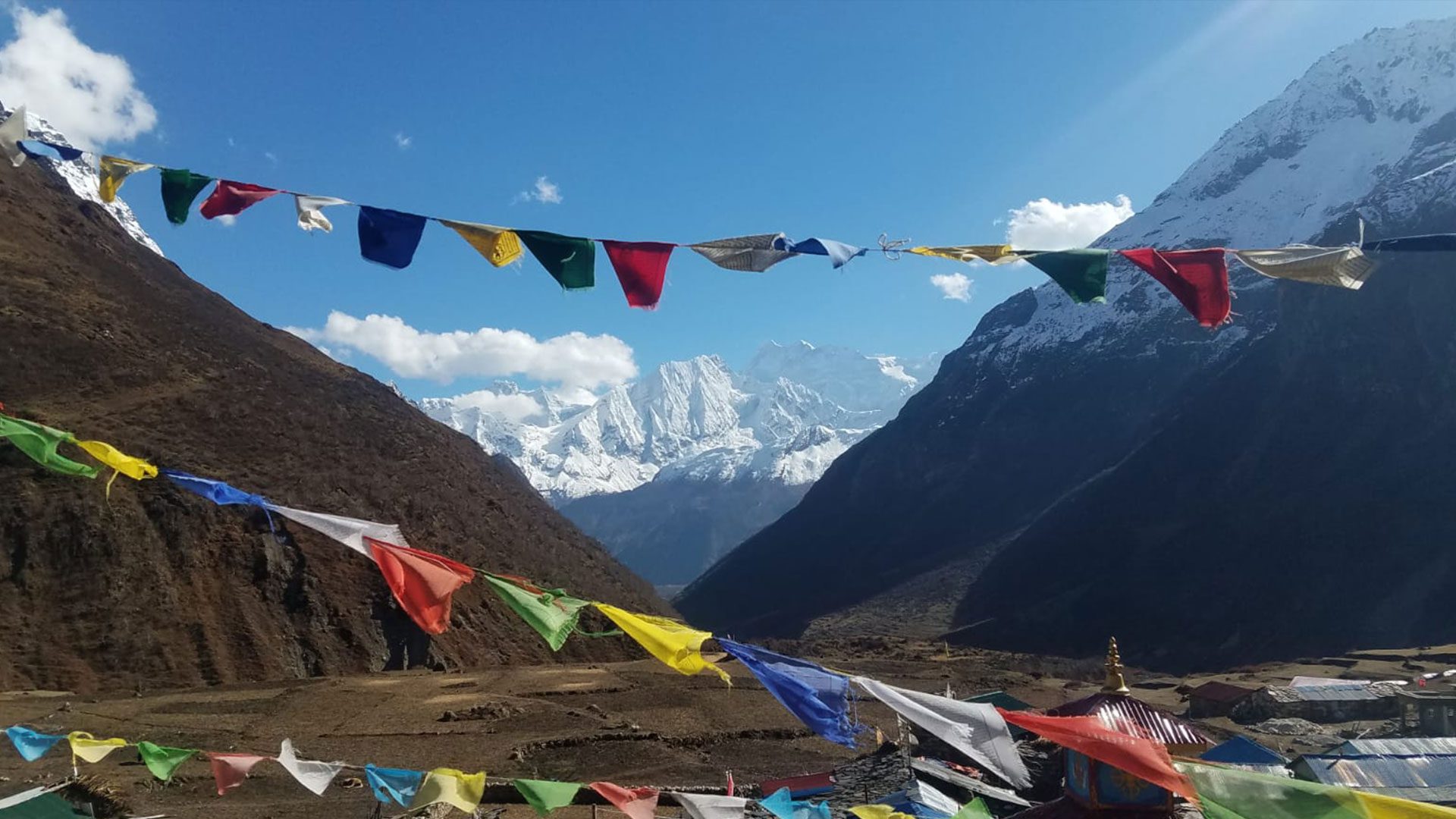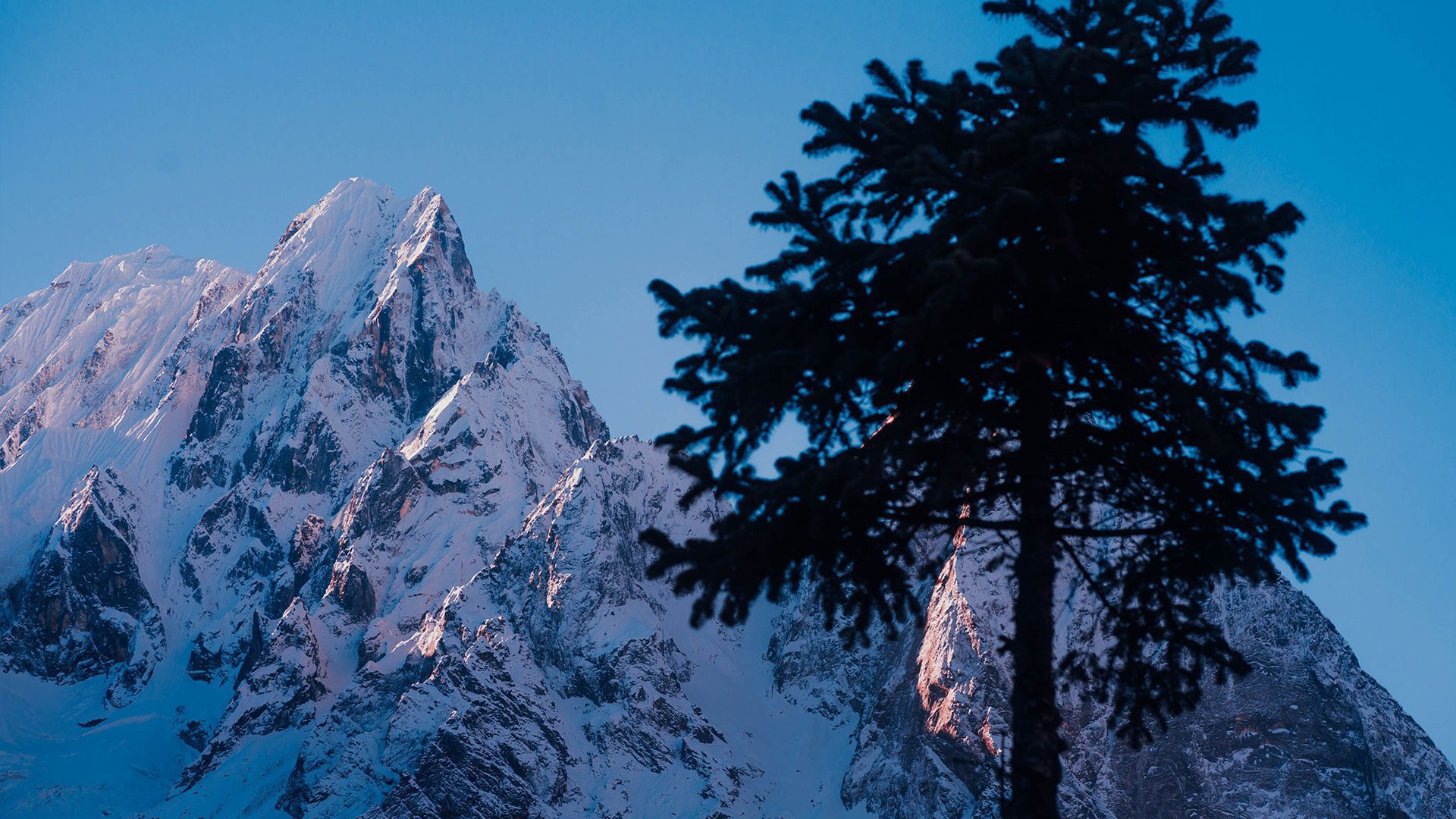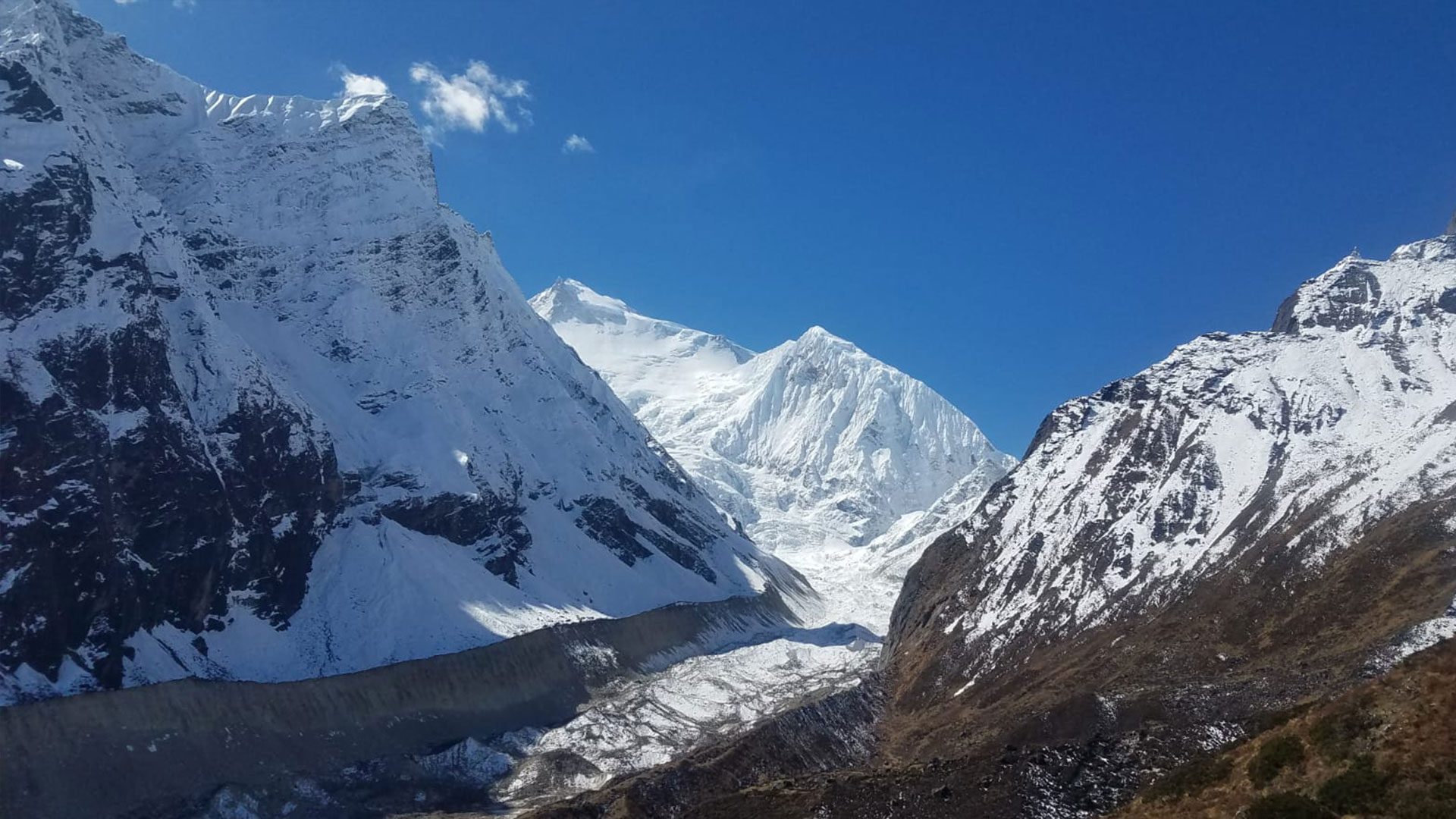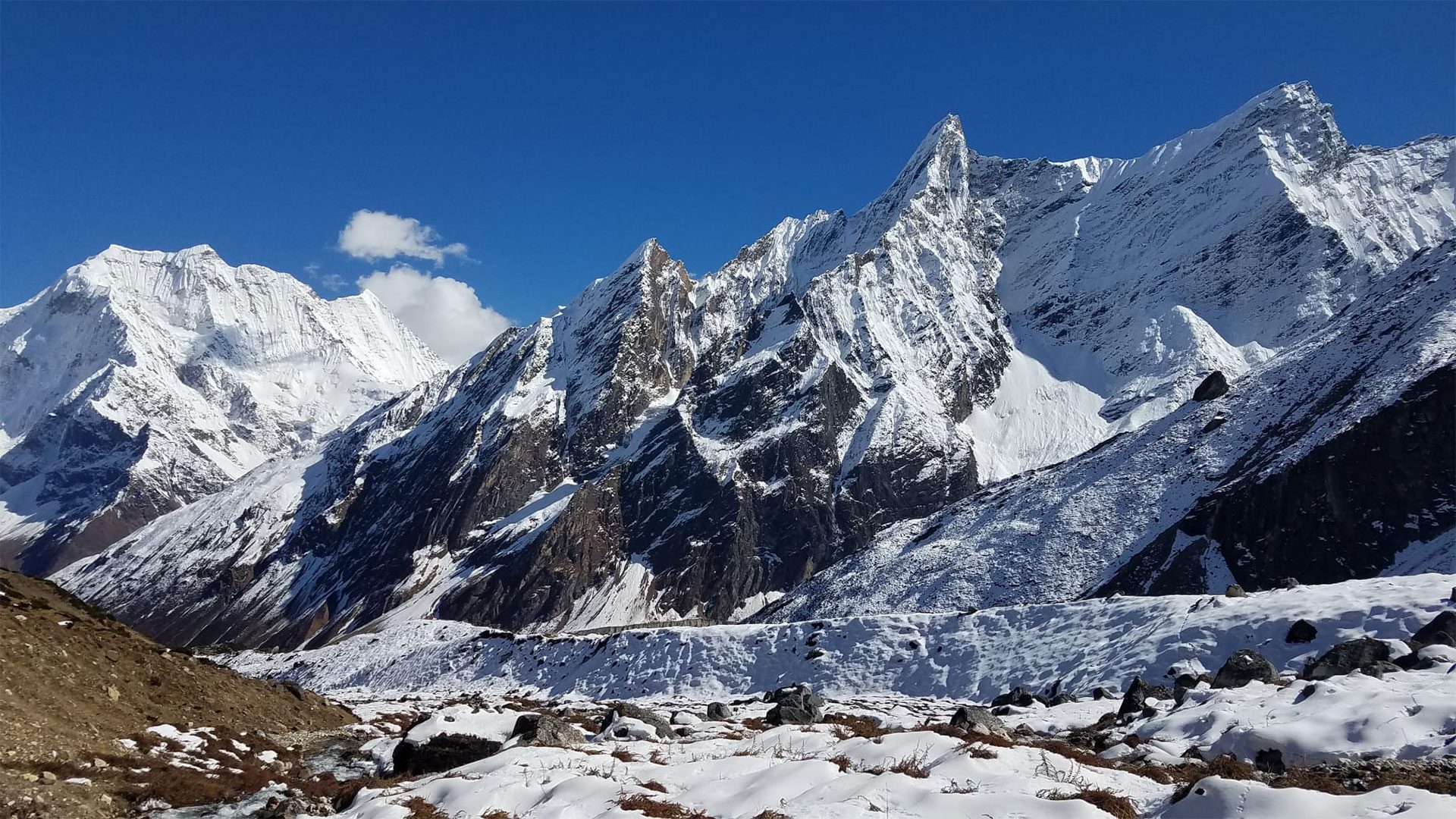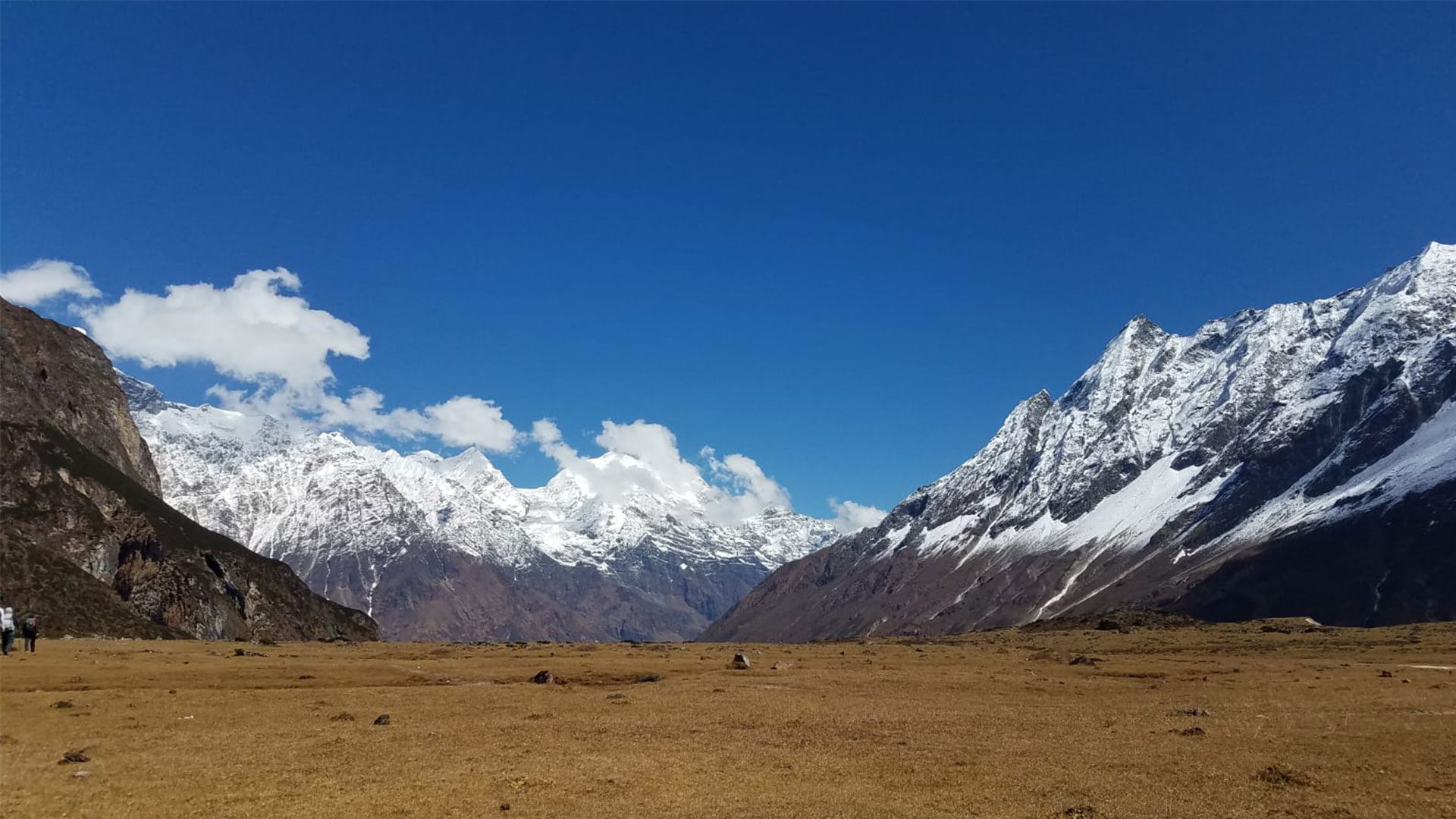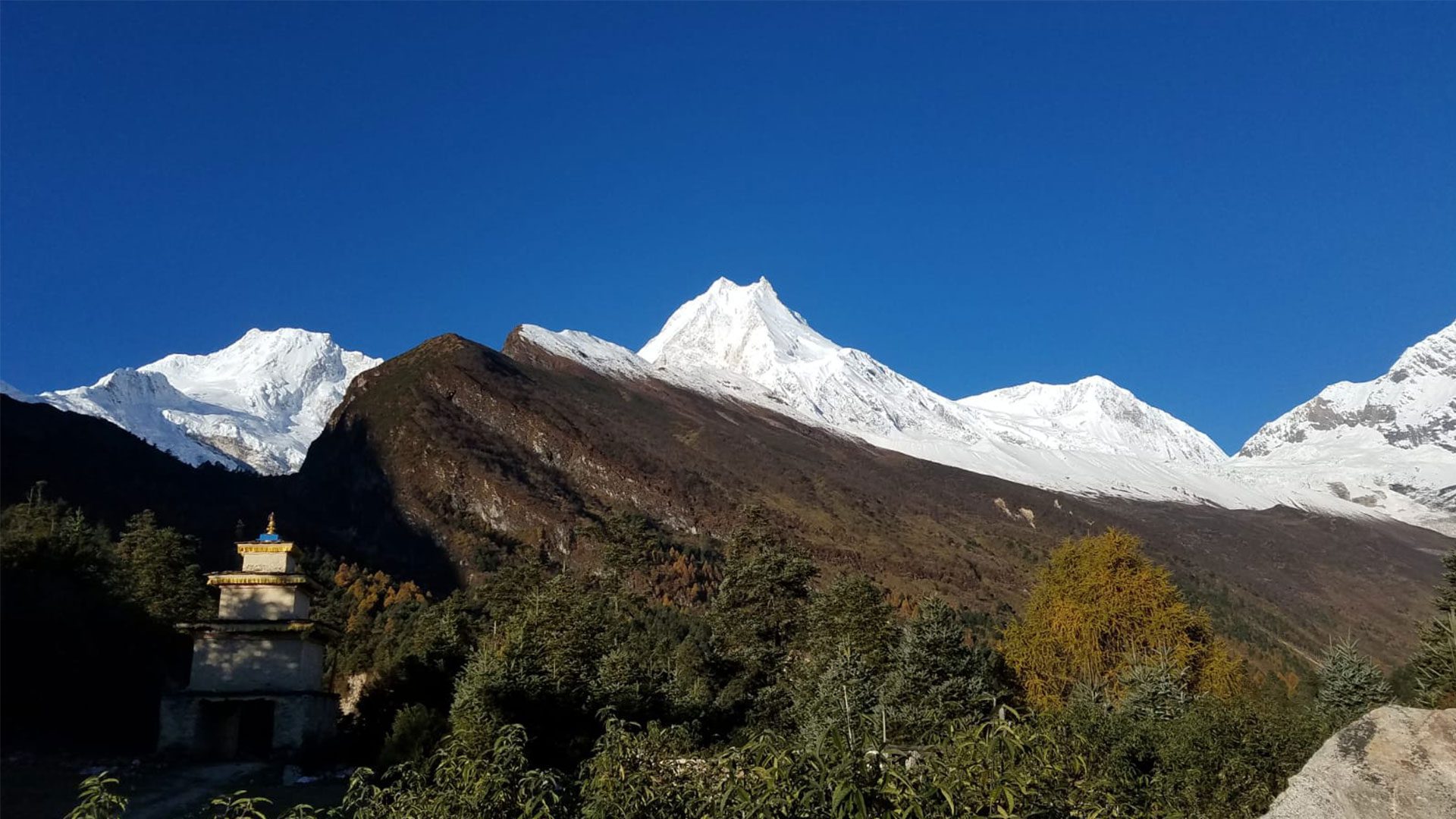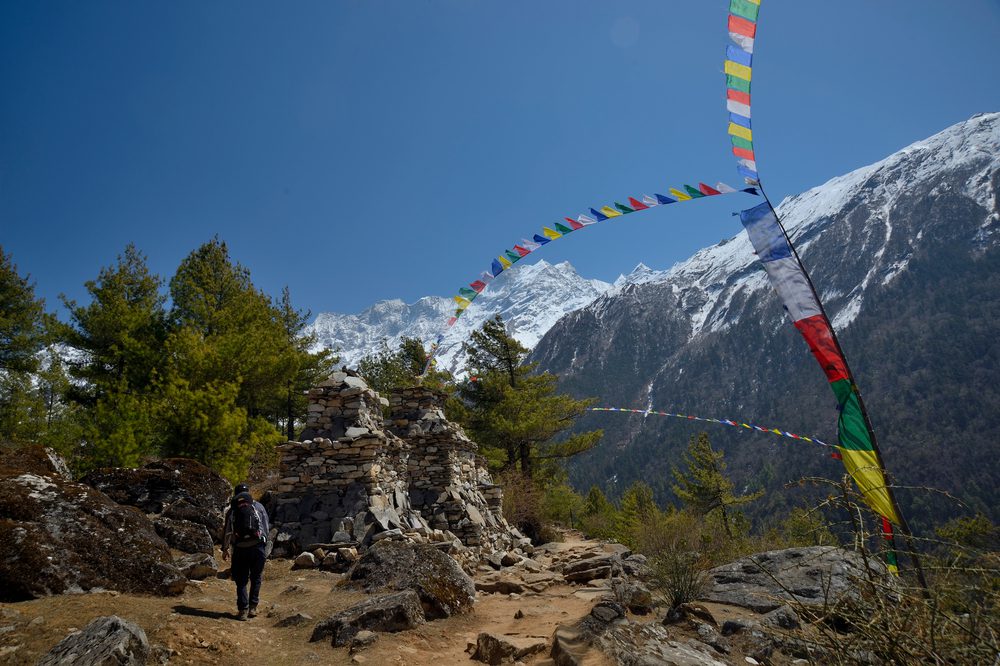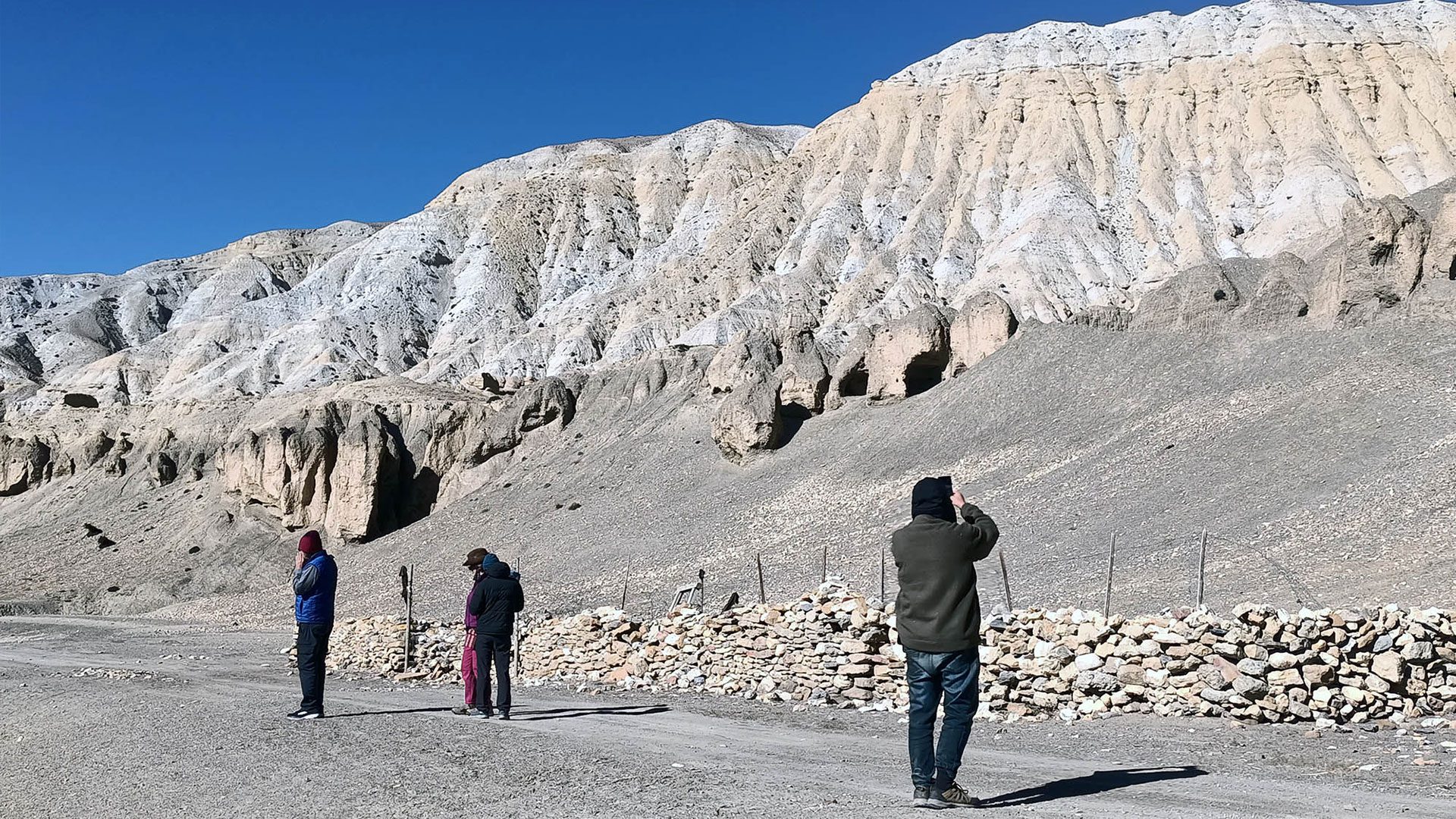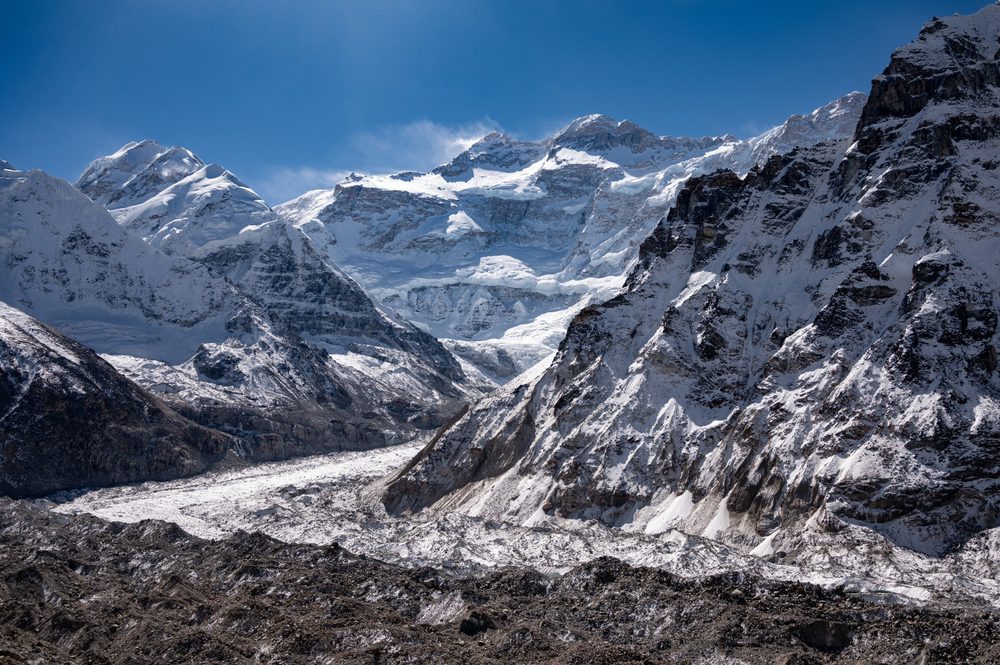Manaslu Circuit Trek 13 Days
5(35)
Trip Facts
Manaslu Circuit Trek Overview
Are you ready for the most exciting and thrilling trek in Nepal, where you get to enjoy the beautiful scenery of nature as well as have thrilling adventures with your peers?! If you are going to the trek to the Manaslu Circuit will reward you with some of your life’s most adventurous, unforgettable, and inspiring moments.
Manaslu Circuit Trek is considered one of the best trekking sites in Nepal. It lies in the Manaslu Region of Nepal. The beautiful scenery, snow-capped peaks, forests, diverse landscape, Tibetan culture, and terraced fields have captured the hearts of many people, making it an unforgettable moment in their lives. The Manaslu Circuit Trek is the most popular restricted trek area, which requires permission to trek with a licensed guide. But it ensures your security and protects the region’s natural beauty throughout the trek. These 13 days of trekking will help you experience an adventure filled with the heartwarming scenery of Manaslu Mountain, the world’s 8th highest mountain, and the thrills and achievements you seek.
The journey to the Manaslu Circuit officially begins from Machha Khola, which you can reach after 7-8 hours of riding from Kathmandu. Along the way, witnessing the heart-capturing scenery, stunning landscapes, and friendly hospitality of local villagers, you will reach Soti Khola, which is situated next to the Budhi Gandaki River. As you go ahead, you will finally arrive in Machha Khola, from where your trek starts. During the trek, you will reach the highest point, Larkya La Pass, which is the most challenging part of the hike. You can enjoy the scenic view of snow-capped peaks and spectacular landscapes in the Himalayas. Although it can be quite difficult due to its altitude and unpredictable weather conditions, it will be worth it as you capture those rewarding and unforgettable views. After completing your journey to Besisahar (760 m or 2490 ft), you can drive back to Kathmandu by jeep or bus. This trek will be the most enjoyable journey you have set off on.
The trek to the Manaslu Circuit ensures a desirable journey filled with lots of adventure, challenges, and breathtaking moments you want to experience. At the end of the trek, you will depart with an incredible experience. The remaining detailed information is provided below. So, if you are planning to set out on this epic trek, fasten your seatbelt, and let’s start this journey!
Manaslu Trip Highlight
- Pleasing scenic view of the world’s 8th highest peak, Manaslu Mountain (8163 m), along with snow-capped mountains like Himalchuli and Ganesh Himal.
- Larkya La Pass (around 5160 m) is the highest point in this trek from where magnificent views can be enjoyed, and it is quite challenging.
- Discover Tibetan culture along with traditional Tibetan houses, monasteries (chortens), stupas, and a warm welcome from the residents in Sama Gaon and Samdo villages.
- Visit Nubri Monastery, Pungyen Monastery, and Manaslu Monastery for a peaceful spiritual experience.
- Explore the Manaslu Glacier located in Sama Gaon and enjoy the grandeur of the glacier.
- Enjoy the scenic view of the Budhi Gandaki River, waterfalls, and the suspension bridge, which creates a beautiful atmosphere on the trek.
- Sama Pokhari Lake, which is a small glacial lake located just above the SamaGaon, is a peaceful encounter with nature.
- Encountering diverse landscapes of the region, lush forests of bamboo, rhododendrons, terrain fields, subtropical valleys, etc.
- Explore the Manaslu Conservation Area, which is home to rare wildlife such as snow leopards, musk deer, and Himalayan tahr and is also rich in flora, with alpine plants enhancing the beauty of nature.
- Visit Manaslu Base Camp for a relaxing time; it also offers a closer view of the glacier.
- Visit the Tibet border from Samdo village.
Daily walk
5-8 hours
Drive to Machha Khola (900 m) – 7-8 hours
You will drive from Kathmandu to Machha Khola on this day via Soti Khola. This drive offers you the most scenic views. You will get to enjoy the views of rivers, waterfalls, hills, and villages along the way, which makes your ride more exciting. After 1-2 hours of riding from Soti Khola, you will reach Machha Khola. You can stroll around the settlement to explore the local culture and enjoy the scenic beauty.
Stay overnight in Machha Khola.
Trek to Jagat (1,410 m) – 6-7 hours
After having a great breakfast, your first trek will start from Machha Khola. As you travel along the bank of Budhi Gandaki, enjoying the scenic villages, you will reach Tatopani, which is a famous place for its natural hot springs. There you can enjoy the hot springs if you want to.
After some time of walking, you will reach Jagat, which is also a checkpoint for the Manaslu Conservation Area.
Stay overnight in Jagat.
Trek to Deng (1,804 m) – 6-7 hours
After the wonderful stay at Jagat, your trek will start in Deng. On the way, you will pass villages like Philim, which is situated on a wide valley along the river surrounded by mountain views.
Then, you will reach Ekle Batti, crossing multiple suspension bridges with stunning river views.
At last, you will arrive in Deng Village, which is a small Buddhist village. You can stroll around enjoying beautiful views and spend the night along the bank of the river.
Stay overnight in Deng.
Trek to Namrung (2,630 m) – 6-7 hours
Your trek starts from Deng, after passing through the small village and on a suspension bridge over the Budhi Gandaki River. You will ascend slowly through deep trees, passing towns like Chisopani.
From here, you will pass through terrain fields and lush forests of rhododendron, bamboo, and pine. As you get closer to Namrung, you will be offered views of the neighboring peaks, such as Mt. Manaslu (8,163 meters) and Siringi Himal. Then you will arrive at Namrung, which is a beautiful village with a Tibetan-influenced culture.
Stay overnight in Namrung.
Trek to Shyala (3,500 m) – 6-7 hours
After having breakfast in Namrung, your journey will start to Shyala. You will travel through distinct communities, such as Lho village, where you will get to know about local customs, historic Buddhist monasteries, scenery, and luminous mountains.
Then you will reach Shyala. There, you will get to enjoy incredible views of Mt. Manaslu, Himalchuli, and Peak 29 (Ngadi Chuli). You can also visit Ribung Gompa, which is the most beautiful monastery in the area.
Stay overnight in Shyala.
Trek to SamaGaon ( 3,530 m) – 4-5 hours
Let’s begin the hike from Shyala to Samagaon. You will pass through the lush forests leading to the eye-catching landscapes, and you will enter the upper Manaslu valley, where breathtaking views of Manaslu North await.
On the route, you will see beautiful views of mountains like Manaslu, Himlung Himal, Boudha, and Ganesh Himal, and you can also see the Pungen Glacier in the community. You will reach SamaGaon. It is the biggest village on the trek, influenced by Tibetan culture, where the arts and culture will keep you mesmerized.
Stay overnight in Sama Gaon.
Acclimatization Day in SamaGaon (Hike to Manaslu Base Camp or Birendra Lake)
You will take an acclimatization day in Samagaon to adjust to the high altitude before heading to Samdo. You will get to explore the community and discover more about the people’s ways of life and Buddhist culture. The hike leads to Birendra Lake (3,691 m), which is only 3 km from SamaGaon, where you will get to see the crystal blue water, or you can go to the Manaslu Base Camp (4,800 m) for trekking, which is a 4-5 hour walk. It offers the finest view of the surrounding mountains.
Then, your adventure will ascend the bridge to Pungyen Monastery. It offers you peaceful and picturesque views of peaks, glacier lakes, mani walls, and prayer flags. You will also get a chance to interact with the locals residing there and get to know them. After the wonderful insight, you can return, which takes 2-3 hours.
Stay overnight in SamaGaon.
Trek to Samdo (3,860 m) – 4-5 hours
The trek from SamaGaon to Samdo is the most popular trekking route in the Manaslu region. You will walk for a few hours, enjoying the breathtaking mountain scenery along the route.
After walking further down, you will cross a wooden bridge over the Budhi Gandaki, where the river splits in two. You will continue until you cross a stone archway and arrive in Samdo village, which is a Tibetan refugee village. You will have your lunch in Samdo. The rest of the day is yours. You can take a quick look around Samdo village, as it is the last permanent settlement before the Larkya La Pass.
Stay overnight in Samdo.
Trek from Dharmasala/Larkya Pedi (4,470 m) – 4-5 hours
You will start your trek from Samdo after having breakfast by crossing the downhill of the Budhi Gandaki River. Then, you will reach Larkya Bazaar, which is the Tibetan market. You will pass the two wooden bridges and see Larkya Glacier on the way.
You will reach Dharmasala, also referred to as Larkya La Phedi, after 4 hours of trekking, and there you can have your lunch while enjoying the incredible views of the hillsides and mountains. You should prepare for the toughest part of the trek, i.e., Larkya La Pass.
Stay overnight in Dharmasala.
Cross Larkya La Pedi (5,160 m) & Trek to Bimthang (3,720 m) – 7-9 hours
On this particular day, your adventure will lead you to Larkya La Pass, whose altitude is 5,160 m (16,929 ft). You have to wake up early, eat breakfast, and depart the teahouse early since you will be crossing the pass before the afternoon. In bad weather and snow, your walk may be challenging, but it is still achievable. This is the most difficult portion of the hike, though you can cross the pass if you walk steadily.
Once you reach the top, you can witness the most breathtaking views of the Himalayan ranges. You can see Mt. Annapurna II, Himlung Himal, Nardi Chuli, Cheo Himal, Gyaji Kung, and Kang Guru.
After passing the Larkya Phedi, you will reach Bimthang village in around 2-3 hours. which is a stunning valley surrounded by snow-capped peaks. You can take a rest in the tea houses available there.
Stay overnight in Bimthang.
Trek to Dharapani (1,960 m) – 6-7 hours & Drive to Besisahar (760 m) – 2-3 hours
After having breakfast in Bimthang, your trek to Dharapani will start. From here, you will slowly descend through a rhododendron forest and alpine meadows.
Then, you will reach Dharapani, where the trek connects with the Annapurna Circuit.
As it is the last day of your trek, the journey begins with the departure from Dharapani to Besisahar by jeep, which is the ending point of this trek and the gateway to the Annapurna Circuit. Then you can take a bus from Besisahar.
Drive back to Kathmandu – 6-7 hours
It will take you 6-7 hours to reach Kathmandu from Besisahar, so it is a long ride. The roads are a bit bumpy, but you can enjoy the views of the rivers, hills, and valleys of Nepal.
If you are in a hurry, you can take a jeep from Besisahar to Pokhara, which takes 4-5 hours. Then, you can catch a flight to Kathmandu, which takes less than an hour.
You will be taken to your hotel in Kathmandu, and you can depart to your home with the splendid moments you experienced on the trek.
Optional: After returning to Kathmandu, you can explore Kathmandu’s cultural sites if you want.
Inclusions
What’s Covered in Your Adventure
- Private car service to and from the airport.
- Two nights at a standard hotel in Kathmandu with breakfast.
- You will be provided with three meals a day: breakfast, lunch, and dinner.
- During the trek, you will be provided with Trekking Lodges (Tea Houses)
- Manaslu Restricted Area Permit
- Manaslu Conservation Permit (MCP)
- Annapurna Conservation Area Permit (ACAP)
- Kathmandu to Soti Khola-Machhi Khola by bus (if private jeep cost will be $180).
- A highly experienced, helpful, knowledgeable, friendly, English-speaking guide with all of his salary, food, drinks, lodging, transportation, and insurance covered.
- Strong, helpful Sherpa porters with the right safety gear and walking gear, as well as a salary, food, a place to live, and insurance. (one porter for two people).
- Setting up a service for an emergency helicopter (paid by your travel insurance company).
- You can rent a sleeping bag, a down jacket, and a free duffel bag (return to be after company).
- Taxes and official costs are paid to the government.
- Certificate of completion of the trip.
- Oximeter to check your pulse, oxygen saturation, and heart rate twice a day (very helpful to check for signs of Altitude Mountain Sickness, or AMS). This will make sure that your trek is in the safest hands possible, no matter how experienced you are.
- Tilije Village to Besisahar to Kathmandu by bus.
- Food that you will eat in Kathmandu for lunch and dinner.
- The cost of a visa to enter Nepal.
- Your insurance for travel and medical care.
- International Airfare: Your Expenses
- All of the alcoholic and non-alcoholic cold and hot drinks you buy on the trek (along the way and in the tea houses at night).
- All of the sweet desserts, like chocolate, cake, pie, and pudding. The tea houses have hot showers and places to charge your phone, which will cost you $5.
- Tip the guide and the porter (tipping is expected).
Maps
Navigate Your Journey

Good to Know
Your Journey, Step by Step
Required Documents for Permits
Passwords with validation for at least 6 months
- Valid Nepal tourist visa (can get from Tribhuvan International Airport)
- 2 passport-sized photos for each permit
- Copy of the permits
- Copy of Travel Insurance
Money Exchange
For your trip, you must carry Nepali currency.
You can exchange your money in several money exchange centers in Thamel, Kathmandu.
You can also exchange your money at Tribhuvan International Airport, but it is quite a bit more expensive than the other centers.
Only Nepali currency is used in the teahouses and hotels on the trek.
Trekking Equipment
Here is some of the equipment you need for the Manaslu Trek:
Clothing
Base layers, fleece or down jackets, insulated jackets, sweaters, waterproof outer layers, trekking pants, thermal socks, scarves, gloves, sun hats, and woolen hats
Footwear
- Sturdy trekking boots (waterproof, ankle support)
- Camp shoes or sandals (for resting)
- Flip-flops or sandals
- Equipment for sleeping
Accessories
- Water bottles (carry 3-4 liters)
- Backpack: main trekking backpack (for carrying foods and sleeping bags) and day backpack (for short treks with needed essentials like water, camera, extra layers, and snacks)
- Sunglasses (with UV protection)
- Sun protection (sunscreen lip balm)
Trekking poles
- Flashlights and Headlamp (with extra batteries)
- Camera (for capturing the scenery with extra batteries)
- Personal Belongings
- Toiletries (toothbrush, toothpaste, soap)
- First aid kit (basic)
- Hand sanitizers
- Snacks (energy bars, nuts, etc.)
- Cash (Nepali Rupees for village stops)
Others
- Power bank (for charging devices)
- Dry bags (for keeping things dry)
Manaslu Trek Cancellation Policy
Cancellation by the Guest
- 30 days before departure: Complete reimbursement except for the bank transfer fee.
- 10 days before departure: 30% of the entire trip cost is refunded.
- Five days or less before departure: There will be a 50% refund.
- There won’t be any additional fees or postponed costs if you have to cancel your trip at the last minute.
- After the trek begins: No refund will be made for any reason (e.g., personal illness, injury, or early return).
Cancellation by the Company
You have the following options if the trek is canceled due to unanticipated events, natural disasters, or political unrest:
- Get a complete reimbursement of the trip price.
- Reschedule your trek to a later date.
Cancellations Due to Weather or Flight Delays
We will try to reschedule your trip at no extra cost. If necessary, your trekking area will be modified.
If you decide to cancel, you will receive a full refund of 30% of the total cost of your trip, excluding service fees for transportation, hotel reservations, and permits.
No-Show Policy
If the guest unexpectedly fails to show up on their stated departure date,there will be no refund.
Travel Insurance Requirement
It is strongly advised to have comprehensive travel insurance that medical emergencies, evacuation costs, and trip cancellations.
Booking Policy of Manaslu Circuit Trek
Our goal is to give our guests a seamless and adaptable booking experience.
The specifics of our Manaslu Circuit Trek reservation policy are listed below:
1. Advance Payment & Booking Confirmation
- A 30% down payment of the total trip cost is required to reserve your spot.
- The remaining amount can be paid when you get to Kathmandu.
- Another option is to pay the full amount up front.
2. To complete the reservation, you must send:
- The reservation fee
- A digital version of your passport
- Extra information that is needed, such as an emergency contact or travel insurance information.
Payment Methods
We offer a range of payment options for your convenience:
- Online Payment: To make a safe online payment, use the payment gateway on our website.
- Debit/Credit Cards: Visa, MasterCard, and other payment methods are accepted (a 4% bank service charge applies). Send funds directly to our bank account via bank or wire transfer(Transaction fee).
- Cash or Check: If you are in Kathmandu, you can choose to pay with cash or a check.
3. Final Payment
Before departure, the remaining 70% of the trip cost must be paid.When you arrive, you can pay with cash, a card, or a bank transfer.
4. Booking Modifications & Rescheduling
- Please give us at least 30 days’ notice if you must change the date of your trek.
- Depending on the circumstances, date adjustments may be contingent upon availability and additional fees.
5. Travel Insurance Requirement
All trekkers must have comprehensive travel insurance covering high-altitude medical emergencies, evacuation, trip cancellations, and delays.
6. Last-Minute Booking
You can make a last-minute booking (up to 48 hours before departure) for the trek. But during peak months like September-November, it may not be available.
It is highly recommended to book in advance for the availability.
FAQs
Your Questions, Answered
Can I go solo trekking in the 13 Days Manaslu Circuit?
Unfortunately, solo trekking is not allowed in the Manaslu Circuit Trek. You need to hire a certified guide from a registered travel agency for the trek.
What is the best time to visit?
The best time to visit Nepal for the Manaslu trek is during the spring and autumn seasons. You can get perfect weather and beautiful views of the snow-capped mountains.
Do I need a permit for the Manaslu trek?
Yes, you need these compulsory permits for the Manaslu trek: Manaslu Conservation Area Permits (MCAP), Restricted Area Permits (RAP), and Annapurna Conservation Area Permits (ACAP).
Is the Manaslu Trek safe?
Yes, the Manaslu Trek is safe. But you have to follow safety precautions and train your body well for the trek.
How long does the trip last?
The short trip lasts up to 12-13 days. But if you are looking for a long one, it can last up to 20 days.
Where do we stay during the Manaslu trek?
You can stay in teahouses where you can get basic facilities of rooms, food, and electricity.
What is the highest point in the Manaslu Trek?
The highest point in the Manaslu Trek is Larkya La Pass, whose altitude is 5160m
(16,929 ft) from where you can enjoy the spectacular views of the mountains.
What is the best time to visit?
The best time to visit is during the dry season, from April to October, when the weather is pleasant and ideal for outdoor activities.
Is a guide mandatory for the trek?
Yes, you must hire a guide working with a registered travel agency. Foreign visitors are prohibited from entering the Manaslu region, and the Nepalese government needs a guide for local jobs, safety, and conservation.
Can I suffer from altitude sickness during the trek?
Yes, you can suffer from altitude sickness as you ascend toward the highest point of the trek. So, you need to take proper care of your health by drinking water and eating well during the trek.
What is the average walking distance for the trek?
The average walk for the trek is 6-7 hours per day, but sometimes walking may take 4-5 hours.
What is the best time to visit?
The best time to visit is during the dry season, from April to October, when the weather is pleasant and ideal for outdoor activities.
What is the best time to visit?
The best time to visit is during the dry season, from April to October, when the weather is pleasant and ideal for outdoor activities.
What happens if I lose my permit?
There is no problem if you lose your permit, as you have already issued the permit before starting the trek. You can show the soft copy of the permits to the officers if you need it.
Can children go for the Manaslu Circuit trek?
Yes, children above 10 years old can go for the Manaslu Circuit Trek. You need to issue the necessary permit for the trek. But it is recommended not to take small children, as the trek can be quite challenging at some points.
Where does the trek end?
The trek ends at Besisahar, which is the starting point for the Annapurna Circuit Trek.
Is the Manaslu Trek harder than the Everest Trek?
In terms of altitude, the Everest trek is harder than the Manaslu trek. However, the Manaslu trek also provides several physical challenges along the way, including rugged terrain and limited mountain routes.
Do we need oxygen to climb Manaslu?
You might need oxygen if you suffer from altitude sickness during the hike.
View Our Similar Packages
Discover our top tours, loved by thousands of travelers annually. Choose the adventure that inspires you and embark on a journey tailored to your desires.


